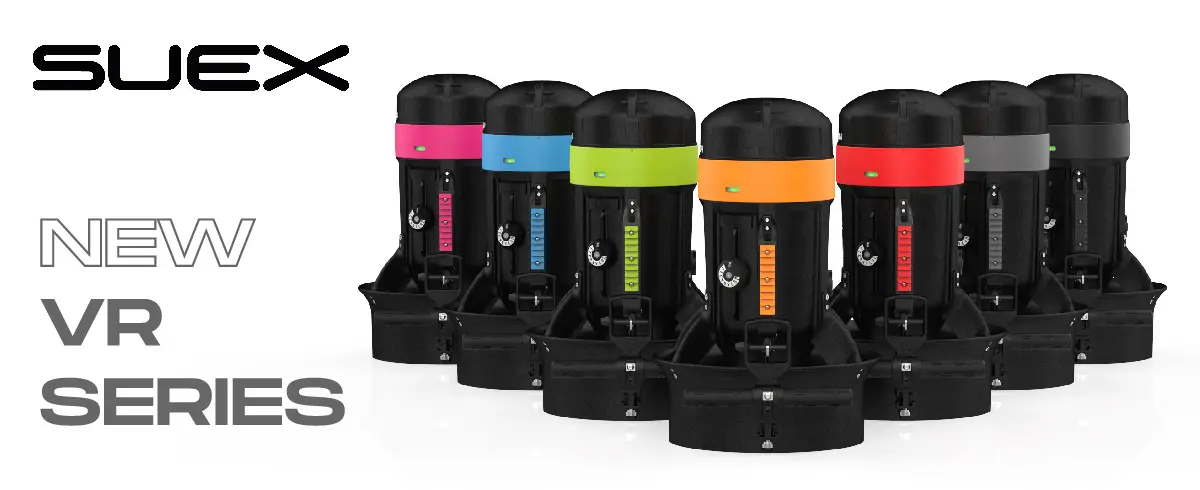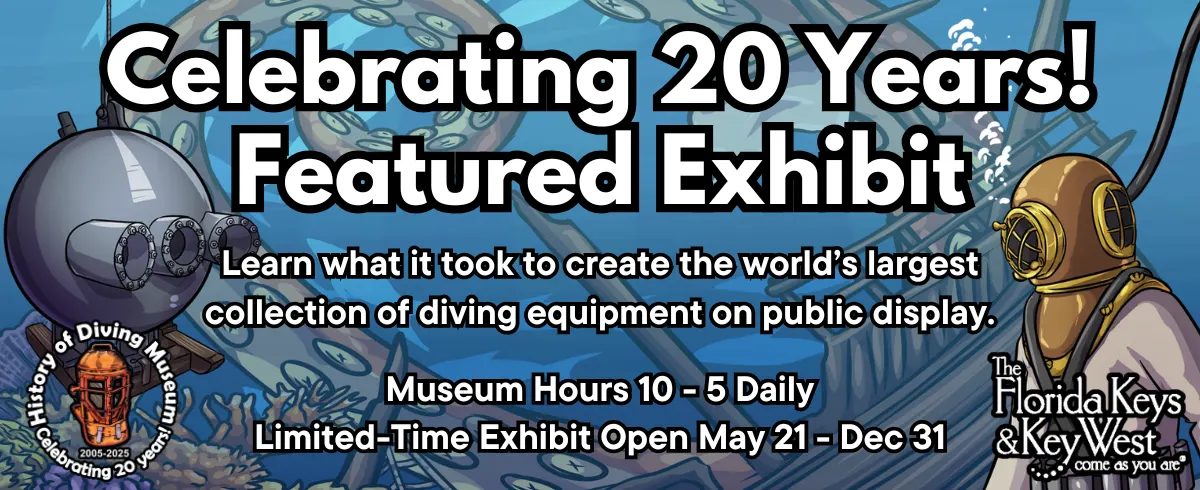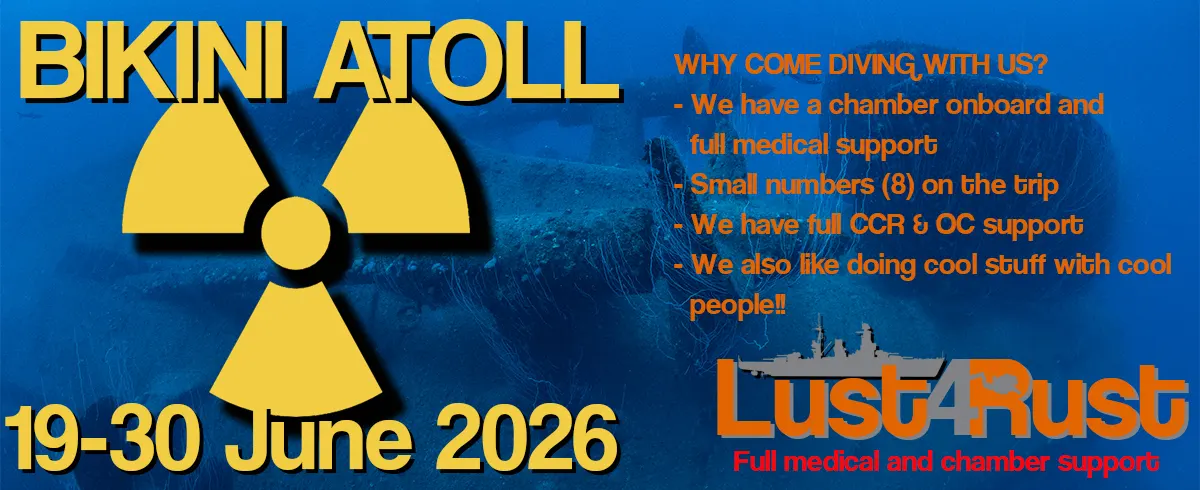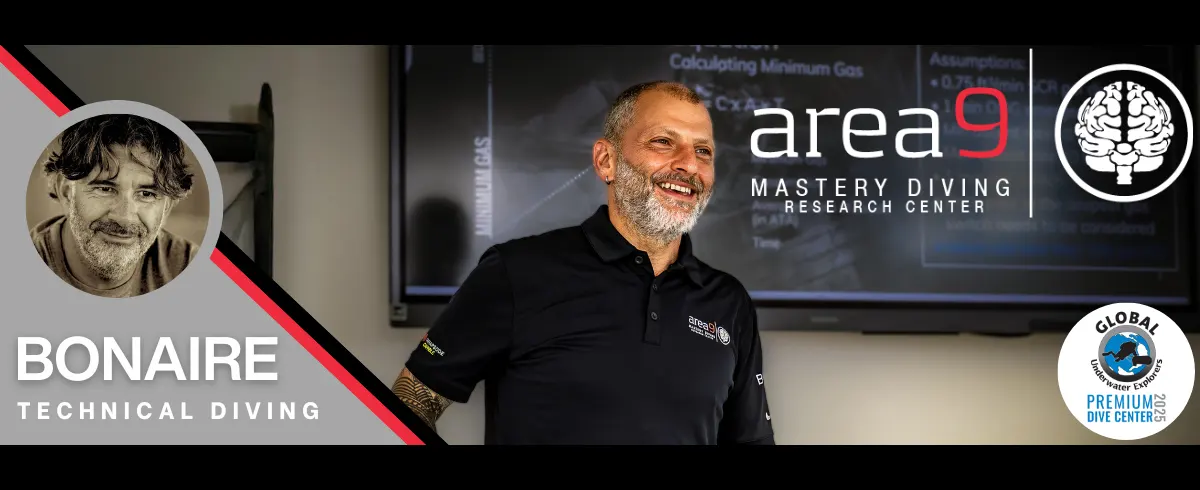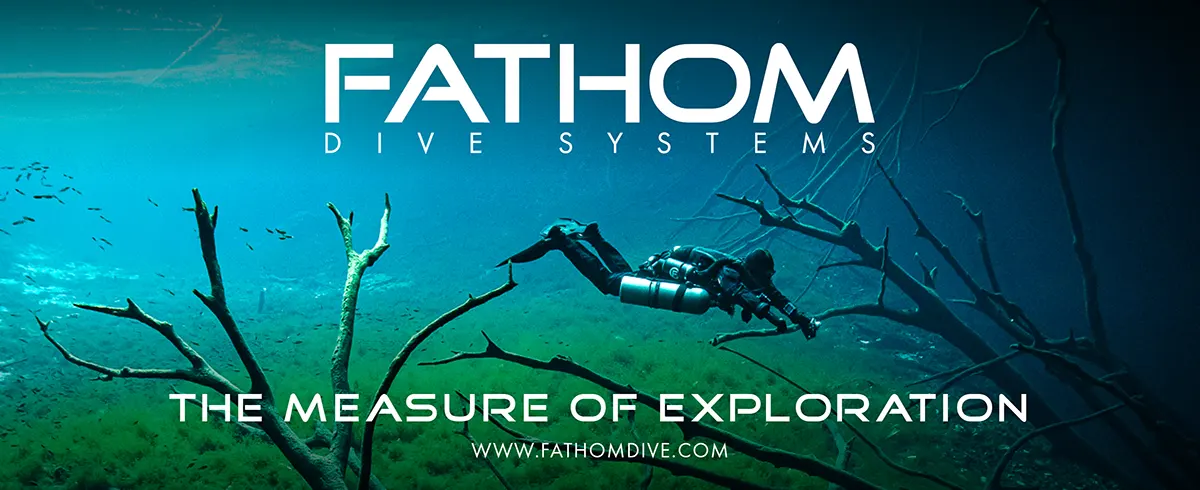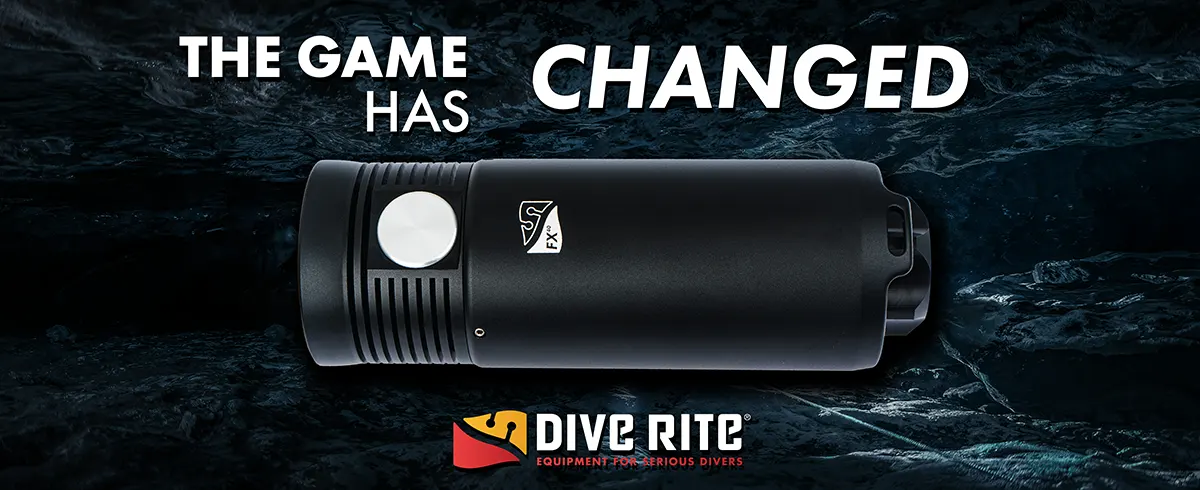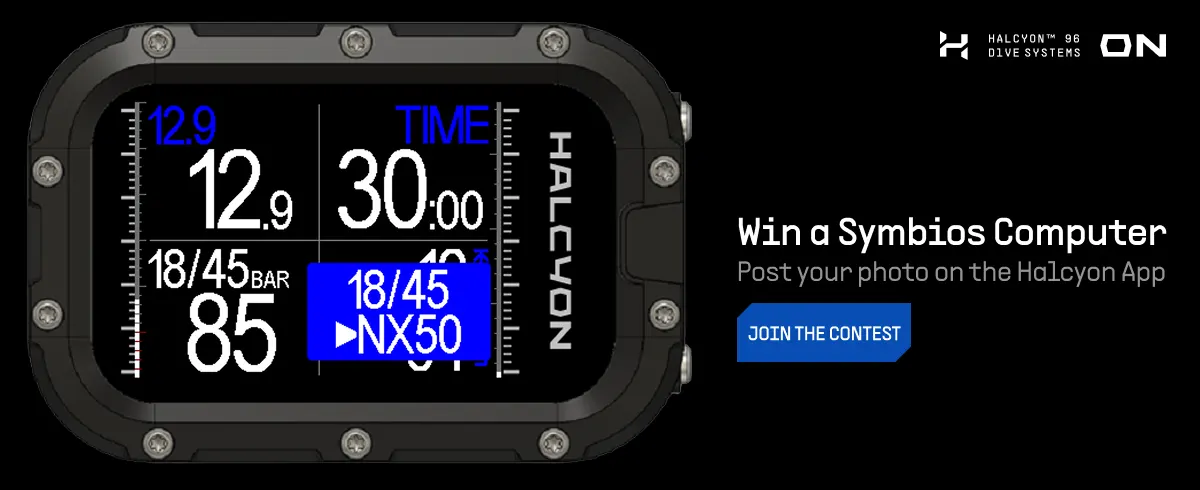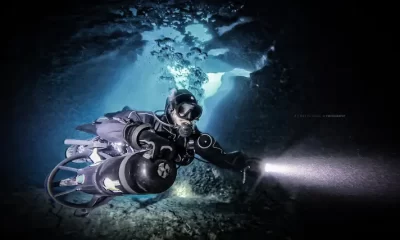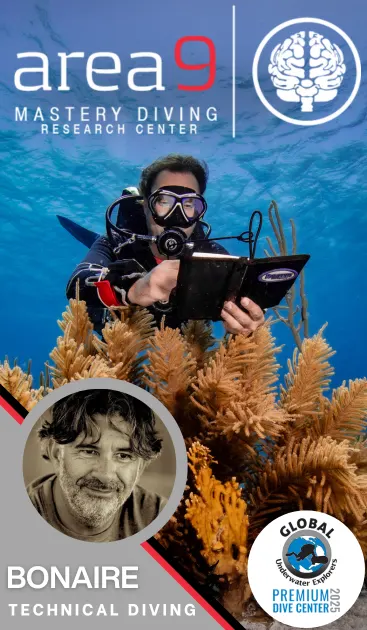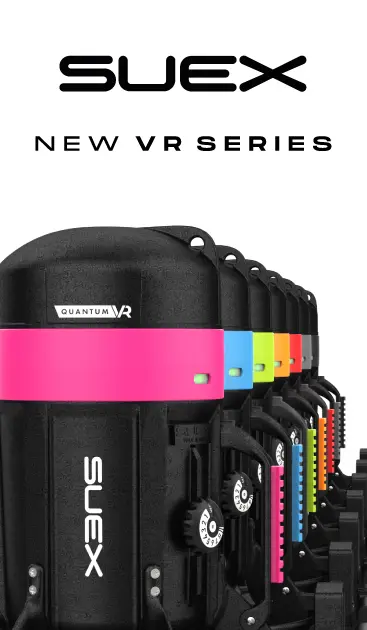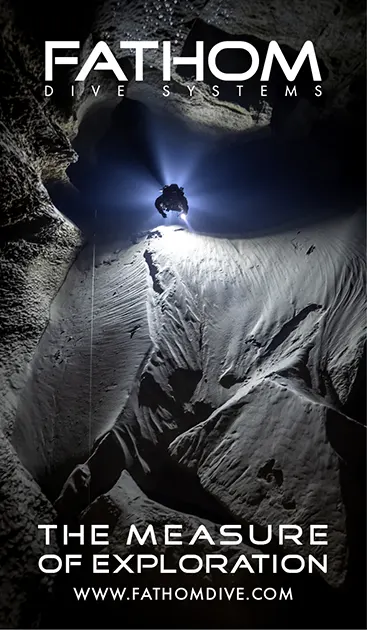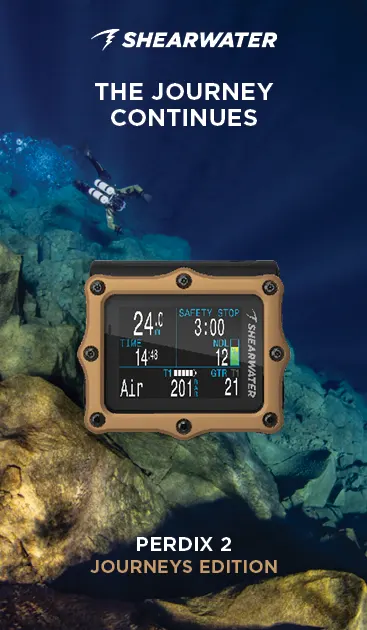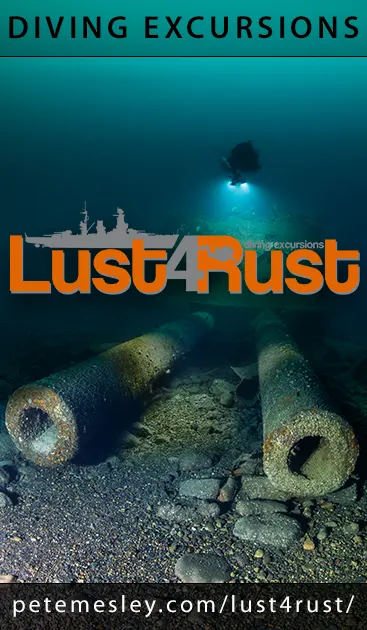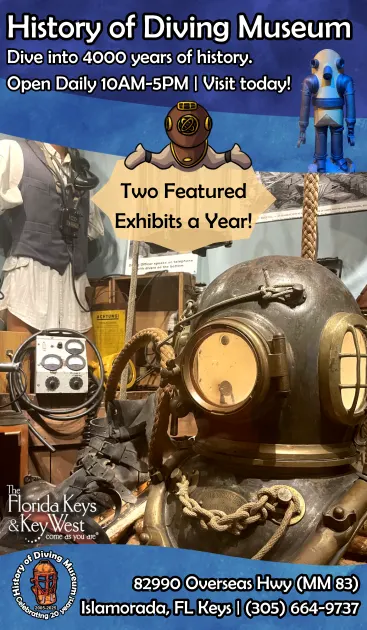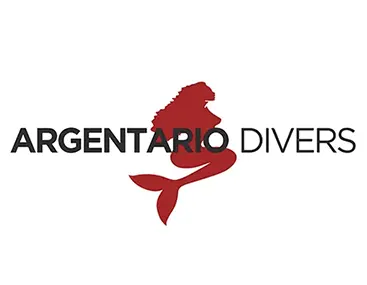Cave
I See A Darkness: A Descent Into Germany’s Felicitas Mine
We join Italian explorer and tech instructor Andrea Murdock Alpini on a poetic exploration of the Felicitas Mine in Germany, as he and his teammates ponder the life of the German miners who once occupied its passageways. Be sure to check out his video documentary below!
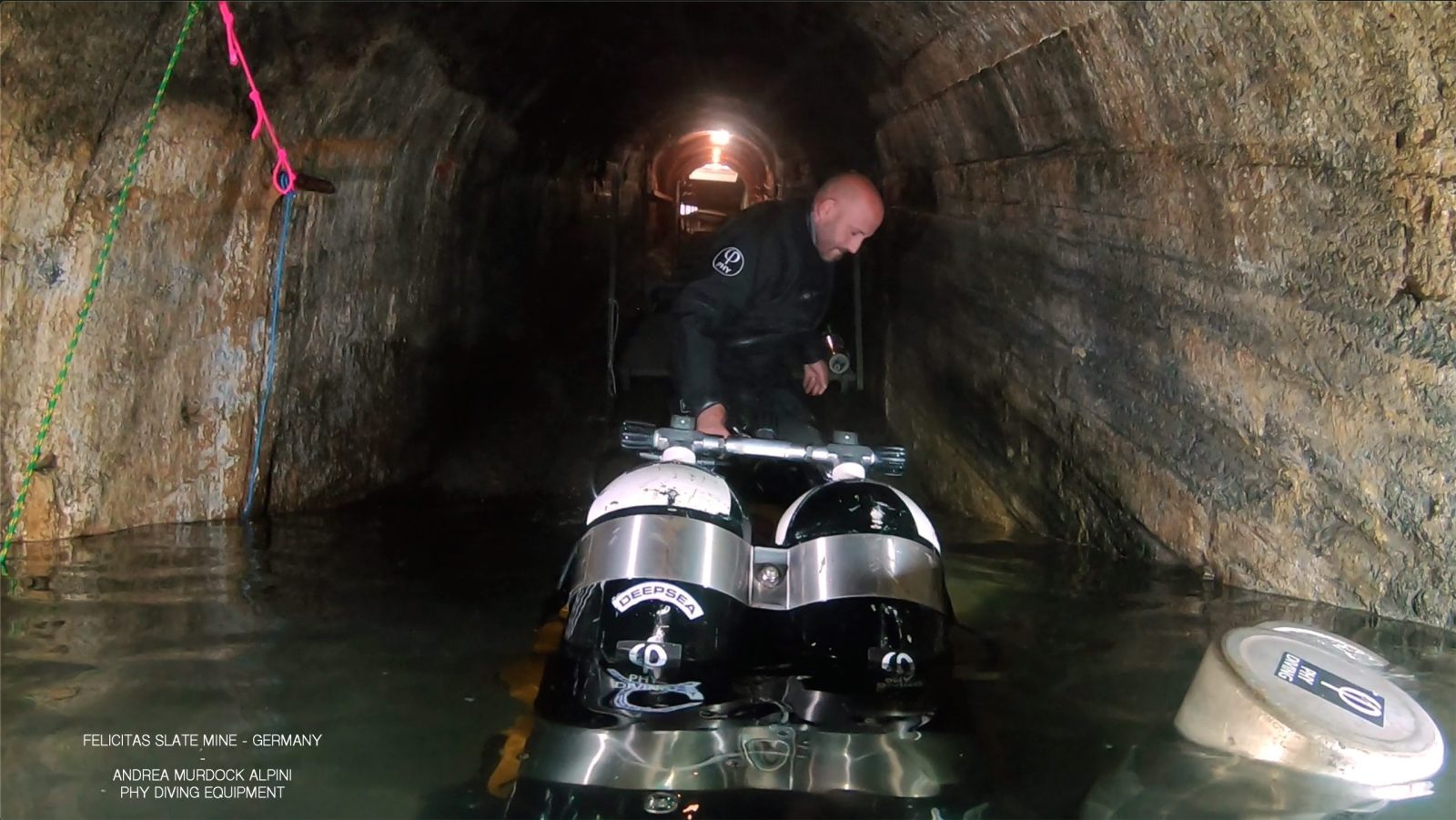
Text and video by Andrea Murdock Alpini. Photos courtesy of PHY Diving Equipment.
The more time passes, the less is the distance that separates you from the object of your desire—in this case it’s a place. Watching, observing, studying, writing, and pinning drafts of questions that are waiting for an answer.
Deciding to follow a line, understanding its feasibility, its esthetical beauty, and the historical meaning. Few hours separate us from the place where German miners had been working for centuries, we are going to dive into Felicitas Mine where hundreds of workers lived and dreamt for decades covered by a soft, sooty layer of slate. Advancing across tunnels and caressing the black dream of ancient slate rocks, coexists with personal loneliness of cold water, rock, writing and breath. Descending below the edge of earth, to move closer to the surface of life. Our story will be only a layer of dry walls who built Felicitas in the past. “The anonymous history is stratified”.

Black Blade Feelings
In the morning we moved out from our base camp in Hutten. In the last few days, we had measured more than a thousand meters of cave line. We clarified our main targets and the areas of the mine I wished to film. We fixed our checkpoints by dropping off cylinders and spots where we placed our directional markers. My Cave-Van was filled with nineteen deco cylinders and twinsets ready to be used in Felicitas Mine.
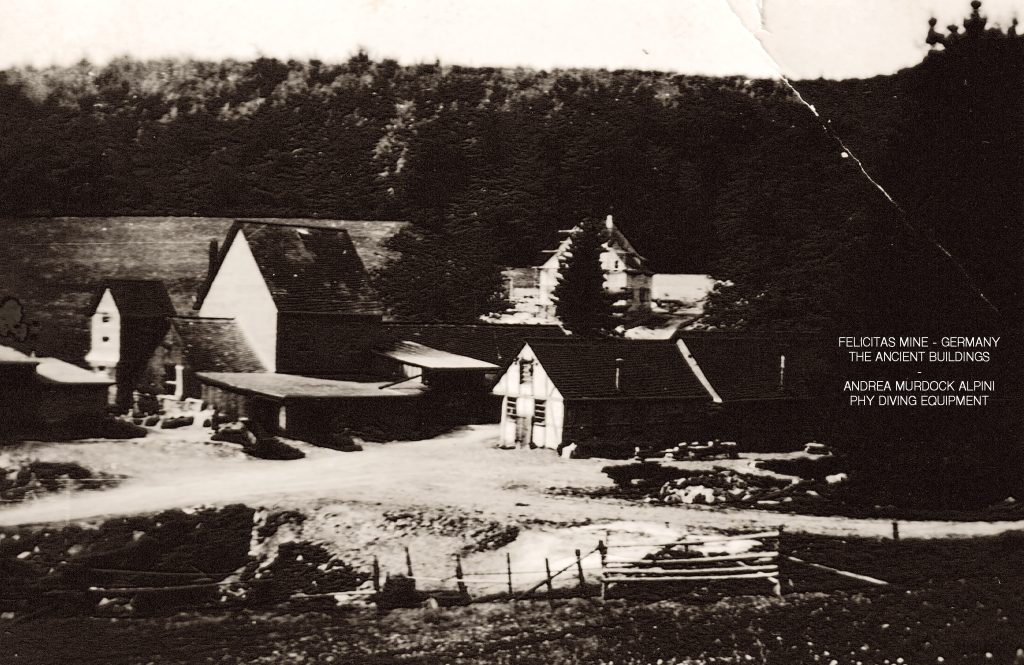
Fifty kilometers separated us from the arrival. Now the houses’ façades were black, as well as the roofs. The houses were built with the pure German Style “Fachwerkhäuser”. Looking out the car window, it seemed to be on top of Golgota mountain during Easter Sunday. The sky was obscured by deep black clouds, the color the same as the surroundings. The black is more than a shadow, was authoritarian. It was fascinating and absorbed all the rays of opaline light.
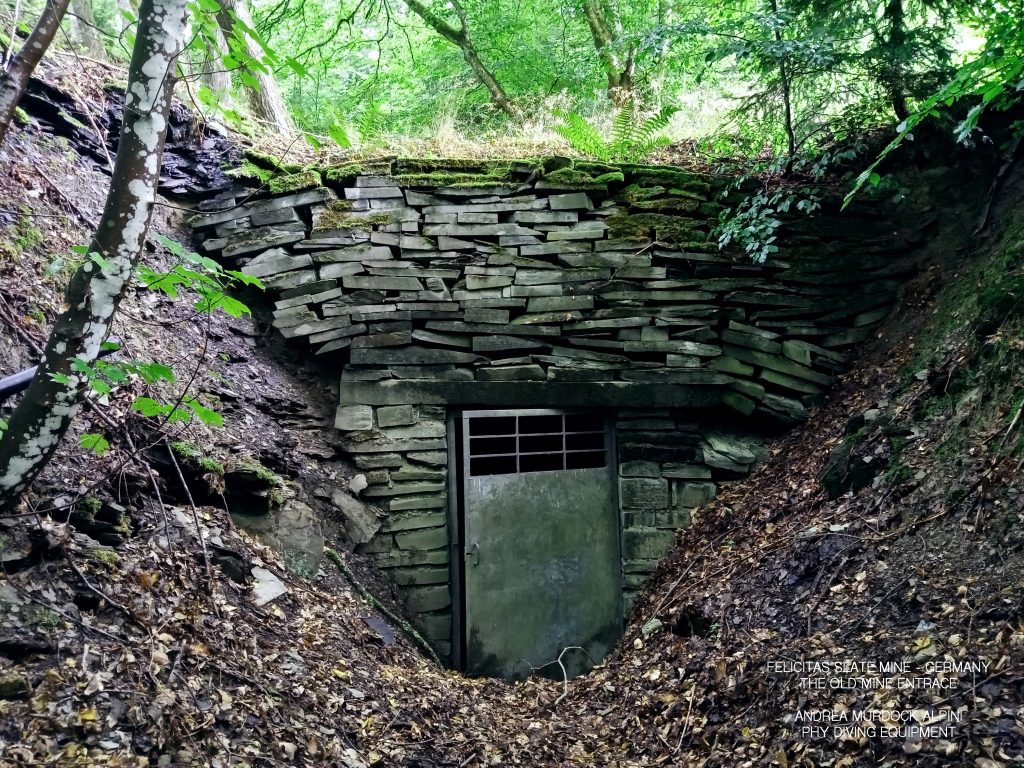
Approaching the mine and reading the old billboard “Abela Heilstollen” was exciting. I wished to be there, inside the mine, in front of the water. As soon as I arrived at the spot, I started walking around the ancient barracks. We were surrounded by corn fields. Far away, at the end of the field on the left, I saw a cement turret rising over the corn plants. This was the end of the left branch of the mine: one of our main targets. Watching it and estimating the distance that we would have to fill later, swimming in open circuit, was impressive. The right branch, also known as “The Old Mine” was closer—530 m/1740 ft from the starting point of the dive. On this day we wished to reach the end of it.
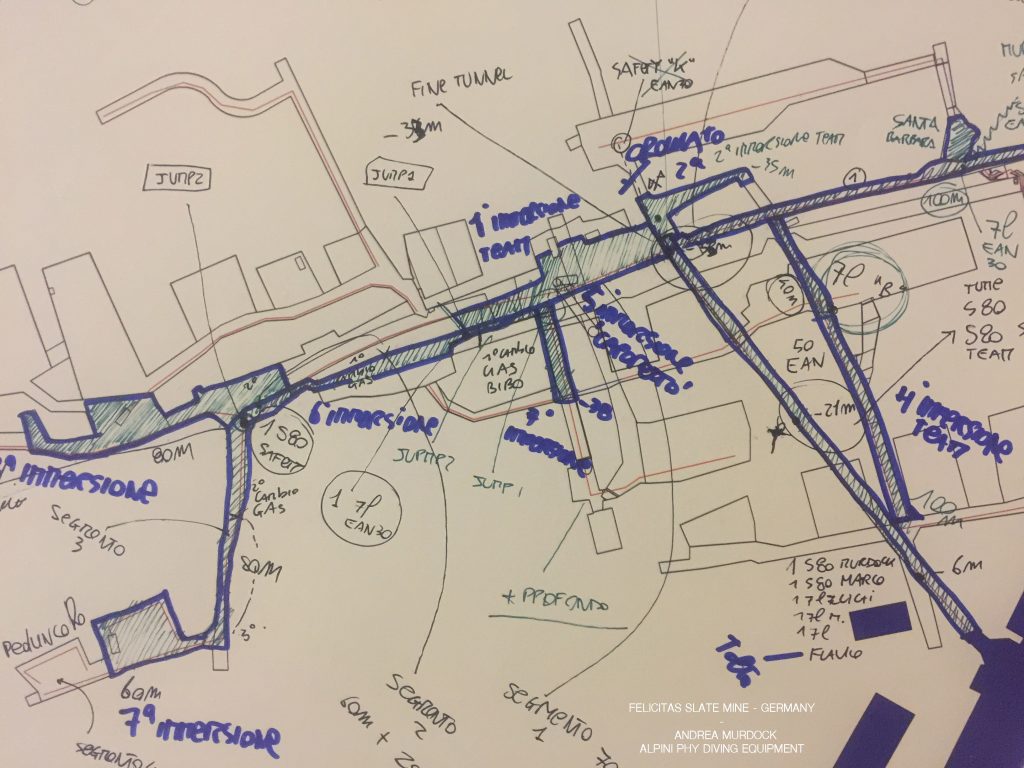
When we got inside the dry part of the mine, everything was the same as it was left a few decades ago, when the mine expired its vocation and was sold to a new society for another business. Slate machinery has been abandoned inside the hangar. Our team started to unload the heavy diving equipment from the van. We split it into three groups: mine, Gianni’s area, and finally Flavio’s one. He was the surface assistant and gas mixing supervisor, checking regulators, tank MODs and, last but not least, our interpreter, Mr. Wolf.
Our daily plan consisted of three different dives, each one with a different final goal.
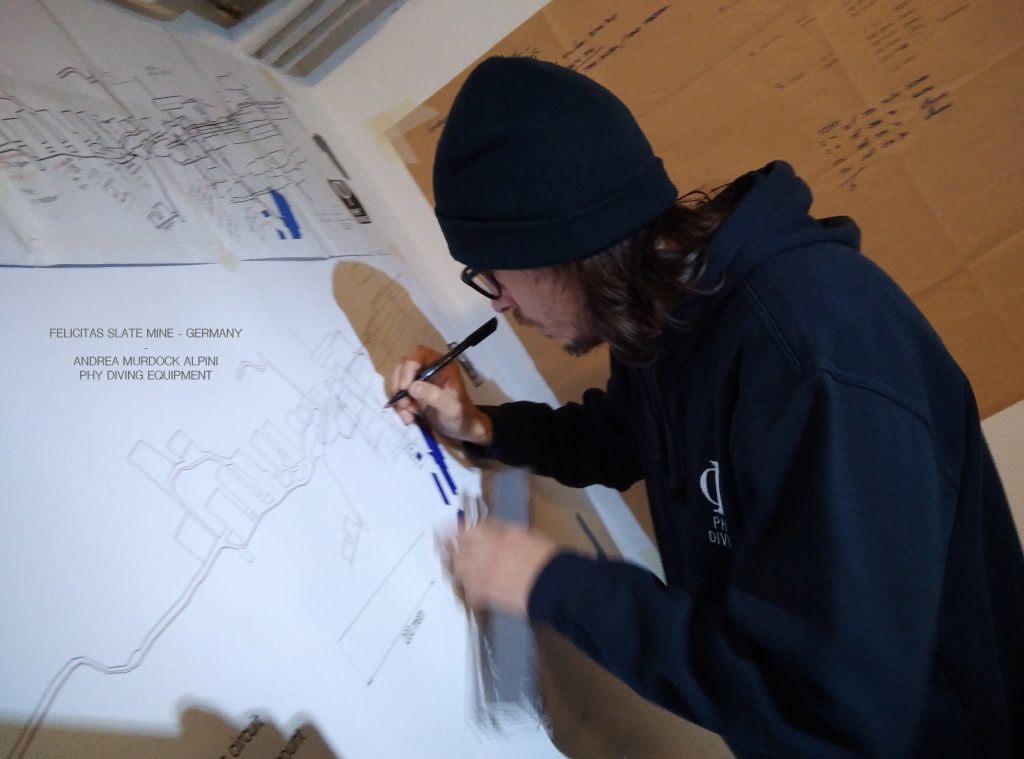
The very first dive was focused on setting down our strong main-line, a 120 m/394 f length of solid 8mm rope. During the second dive, we were to carry six cylinders of safety gas (in the end) and EAN 50 plus Oxygen at 21 m/70 ft and 6 m/20 ft depth to complete our decompression procedures. At the end of the main-line there is a “T”, and turning left brings you directly into the NEW Mine, on the opposite side we had the OLD part of Felicitas Mine.
During our second dive we explored 270 m/886 ft of old tunnels, leaving directional markers with distance and we clipped safety gas cylinders along the way. We also visited the Santa Barbara, a real bunker where explosives were safeguarded. A layer of concrete separated the TNT from the slate tunnel. Inside, the room looked like a bank caveau, and what I found in front of my eyes was not so different from watching Mecca’s Kaaba. We had planned the basis for our third dive of the day, and it was time to start decompression.
7:10pm—The Endless Path

We put our heads underwater, again. We left Flavio’s “OK” signal and swam the first 120 m/394 ft of the mine; we had to be quick and save time for the following part of the dive. We wanted to reach the end of the Old Mine’s tunnel. When we arrived at a fork, we got inside an old brick tunnel that was stunning. Below us, the ancient rail track slid away. More or less, we were 350 m/1148 ft from the entrance, 170m/558 ft separated us from the “touchdown.” Along the way, we observed that many parts had collapsed, sometimes there were walls, and some others were debris that had fallen from the rooftop.
Large ruins marked out the area, and at around 430 m/1411 ft, we had to swim for 100 m /328 ft more before reaching the farther part of the old branch. The ambience sometimes appeared scary and gloomy. This part was very tricky and precarious. Visiting the right branch was a great adventure, definitely a “must see” place of Felicitas.
We were back then to the main “T”, where the path split. I was in front of an iron sacred shrine—a holy place where miners used to pray every day before starting their jobs, as well as before leaving the mine. On my left I could see our floating deco cylinders, clipped on the line. I was struggling between a “holy and profane love.”
Barrel of Black Powder
At fifteen minutes to six pm, the third dive of the day was waiting for us there in Felicitas. On this morning we placed the emergency line along the left branch. Large, empty spaces and huge machinery left inside the modern part of the mine characterized this area: a main tunnel with added side rooms. Felicitas Mine had closed the extractive industry in 1997.
My mind goes back to this morning’s dive, when we dove at around noon. The planned bottom time was fifty mins, just enough time to drop our cylinders for further progression. On this day, we would not explore the mine to the end, so we decided instead to simulate different diving scenarios. We wanted to be ready for the main dive on the next day. so. We spent a lot of time below the Steel Barrel Tunnel, always upwards, the steel seemed to be very fragile. On top of the barrel, some massive and huge stones covered its roof.
Out of the Steel Barrel Tunnel on the right side, 10 m/33 ft ahead more or less, there was the first of the large-scale empty rooms where slate had been mined. On the left of the main path there was a small storage space, and we used its rooftop as cylinders pick-up/drop-off stations. All around was muddy and sometimes foggy. Probably the silt had been stirred up by unstable rocks that fell down.
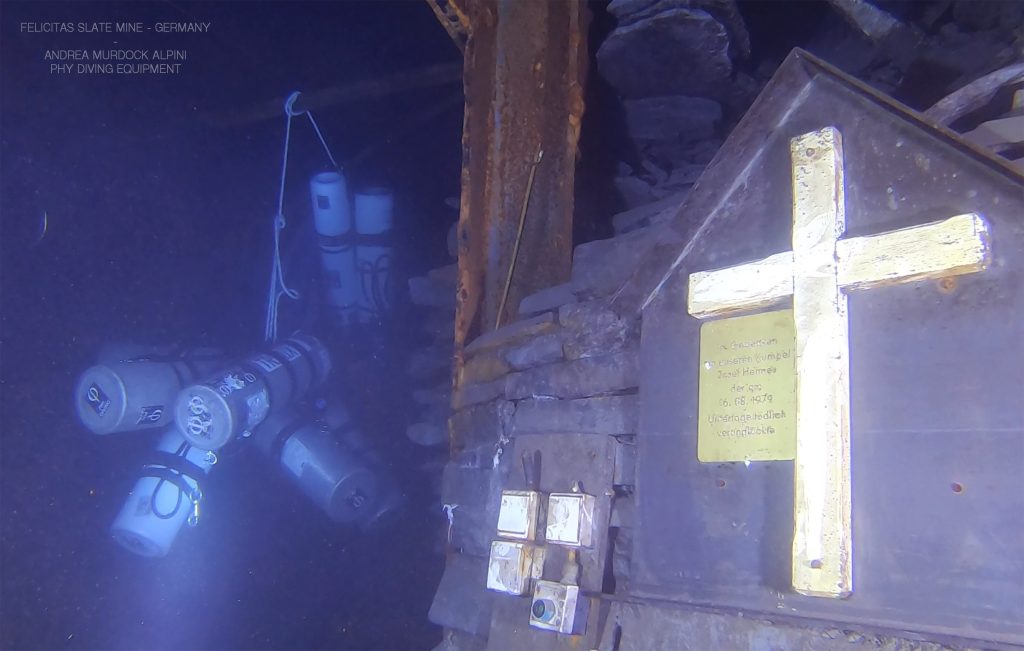
We moved forward and later we went back. Passing the same spots again and again helped me to memorize this place wrapped in darkness. At the end of the day, we calculated the full length of penetration (return): 1500 m/4900 ft, each of us always carrying from 4 to 6 cylinders, moving ahead by fins only, without the aid of a DPV. Afternoon ran to its end; the last dive of the day was calling us, the most demanding one.
We needed to drop the heavy 20 liter tanks filled with Helitrox 30/10 (30% oxygen, 10% helium, balance nitrogen), on the farthest checkpoint on the map. This was our “home plate.” For the first time, we passed over the final fork. There the tunnelwais narrow and we went ahead, as slow thoughts passed through my mind and brought me back to the main “T”. Another tough scuba diving day in the mine was over.
I see a Darkness
The Big Wednesday came. We were submerged up to our hips. I switched on my powerful video lights. No video shooting on our way in, we had spread our stage tanks with extra gases on the main line during the last two dives, now it was time to swim quickly. On this day we wished to reach the final target: the end of the left branch. Felicitas Mine was awaiting. We had to go west!
Thirty-five minutes passed, when we reached the planned checkpoint: the “anvil” 20 liter tank of trimix. After we reached it, I thought we were not too far from the End.
Staying focused on breathing, being calm and relaxed, was what we had to do. This was a blind tunnel with no way out and no chance to find a different way back. We had to pay attention while we swam and moved forward, because a wrong frog-kick and visibility would drop to zero in no time.
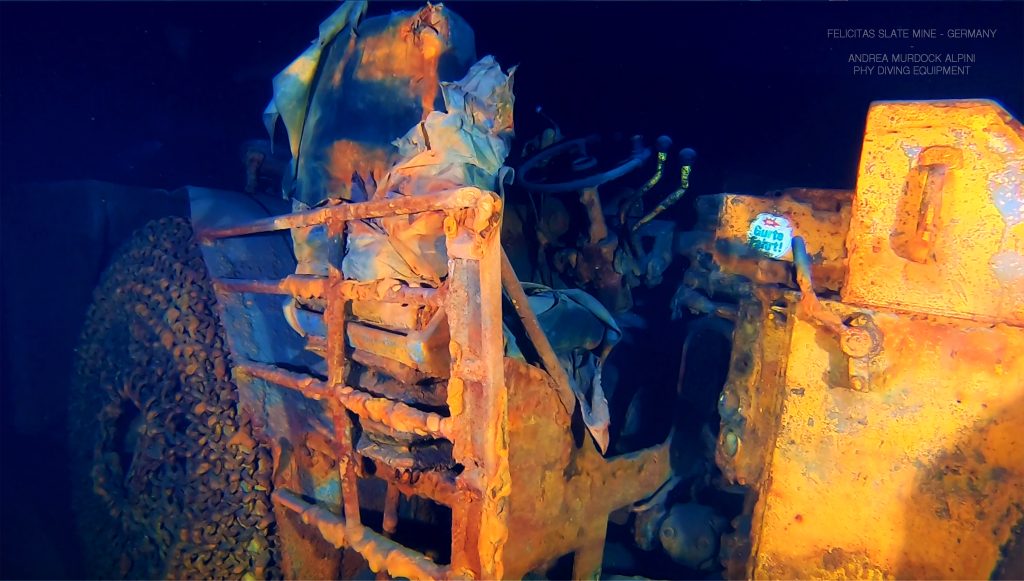
At the end of all the black shadows we left behind, the slate was simply amazing.
A stunning atmosphere surrounded Gianni and me. I filmed the moment, and I wanted to live it again and again, in time. The rocks of Felicitas gave us crispy feelings. We are enthusiasts. Colors of rocks turned from black to yellow, gray, fire red, and finally light, bright blue. Awesome! I was breathless and without words.
In front of me there were two stairways to heaven. The first one was a wooden stairway, the second one made of fragile steel. Climbing them were the only fast exits that this mine had. The entrance was 650 m/2133 ft far away, and reaching it during an emergency would be impossible on foot, let alone swimming.
It was time to go back.
Shattered Ground
The beginning of a mine corresponds with its end. Miners or divers must walk the same steps before reaching the surface, again. When you turn in one direction and leave the black shadows behind you, the darkness swallows everything in the path. Only human memory can preserve the spirit of the life of someone who lived in that manner. The mine doesn’t care how powerful the lights are that you bring inside its rocky belly; it will always give you dark and obscurity in return.

In July 1969 the Man left a footstep on the Moon. One of the most beautiful memories I collected from Felicitas Mine was looking at the worker’s footsteps on the ancient ground. Along the tunnels, the paths and traces of anonymous miners, pickers, and serial drinkers will remain forever, frozen in time.
Coming back to Felicitas to learn more about its stories and secrets, to discover more forks and find an even more beautiful place to film, this was my mood when I left Germany during the summer of 2020. Diving inside the German’s lode was a human journey between history, economics, and anthropology.
A Last Shot for the Miners
The last night we spent at Felicitas Mine I decided to honor its working class with a tribute. Each dive we did in the mine had been made possible only because the hands of mine workers had dug the slate for centuries. We had visited incredible places who were stolen by the rock with TNT, pickaxe, sweat, and blasphemies. No dive we did could have been made without the tortuous job the miners did. Most people know how the working-class men love drinking strong alcohol at the end of a hard day of work.
I had forbidden my team to drink during dive days, even though, by the way, we had been used to having a tiny taste of a traditional Italian bitters every night before bedtime for digestion. When I was finished writing my daily report from the darkness, I proposed to the team: “Why don’t we offer a last shot from our bottle to the miners?”
The following day, before leaving the mine, we dedicated our last dive inside the black slate tunnels of Felicitas to the miners. I put a message in the bottle and we left it inside the Mine, and we offered a last shot to the workers amongst the black slate’s powder.
Well, you’re my friend
Many times we’ve been out drinking
But did you ever, ever notice
Well, you know I have a love
And you know I have a drive
But can you see this opposition
That it’s dreadful imposition
And then I see a darkness
Diving Team:
Andrea Murdock Alpini, Gianni Cecchi, Flavio “FlaK” Cavalli, Luigi “Mangiafuoco” Parolo, Michael “Flower” Forenzi, Marco Setti
Team’s Sponsor:
PHY Diving Equipment
Team’s Partners:
Scubatec, Tecnodive Booster, Big Blue Lights, TEMC Gas Analyzers.
Dive Deeper:
InDepth: Out of the Depths: The Story of British Mine Diving by Jon Glanfield
Divernet: A TALE OF TWO MINES by Stefan Panis
Other stories by Andrea Murdock Alpini:
InDepth: A Baltic Elegy: Åland Islands and the Wreck of Nederland
InDepth: My Love Affair with the MV Viminale, the Italian Titanic
InDepth: Stefano Carletti: The Man Who Immortalized The Wreck of the Andrea Doria
InDepth: No Direction Home: A Slovenia Cave Diving Adventure
InDepth: Isverna Cave, Diving An Underground Dacia

Andrea Murdock Alpini is a TDI and CMAS technical trimix and advanced wreck-overhead instructor based in Italy. He is fascinated by deep wrecks, historical research, decompression studies, caves, filming, and writing. He holds a Master’s degree in Architecture and an MBA in Economics for The Arts. Andrea is also the founder of Phy Diving Equipment. His life revolves around teaching open circuit scuba diving, conducting expeditions, developing gear, and writing essays about his philosophy of wreck and cave diving. Recently he published his first book entitled, Deep Blue: storie di relitti e luoghi insoliti.





